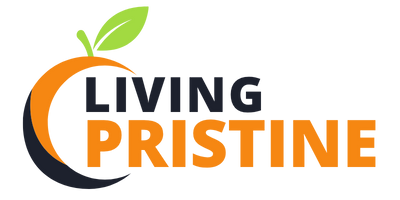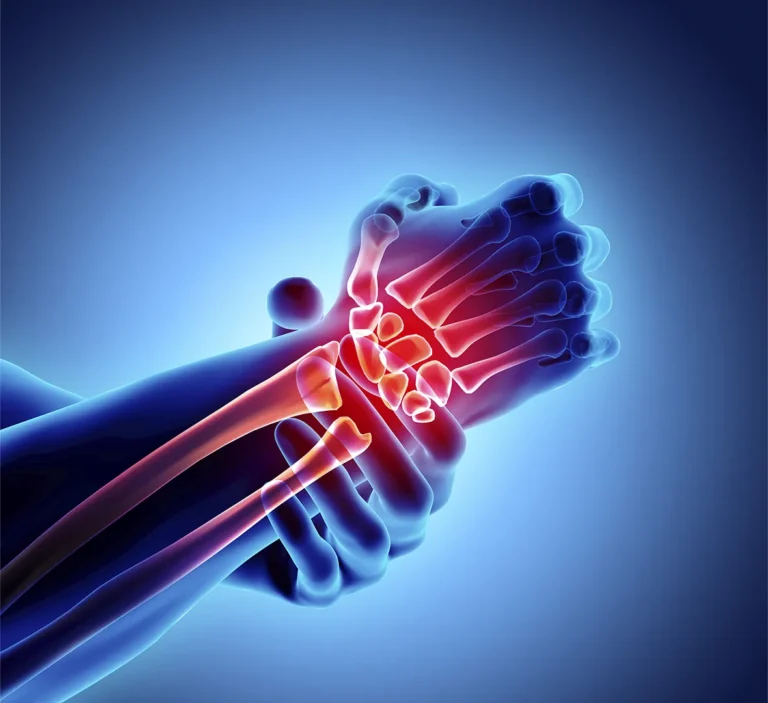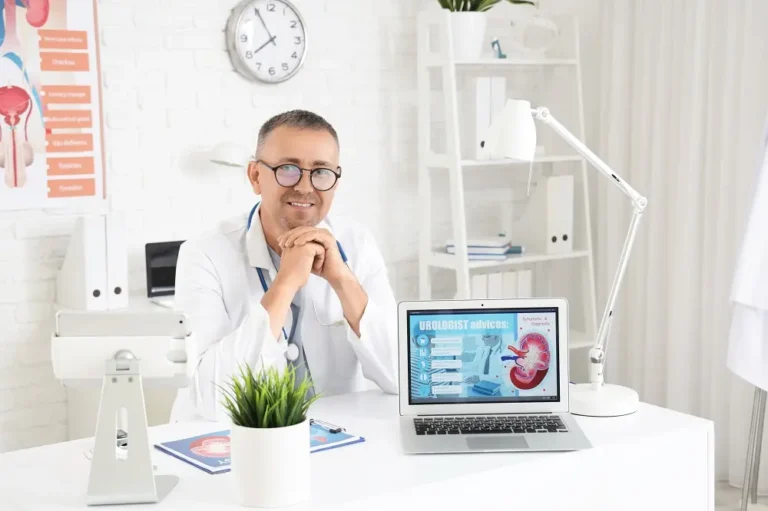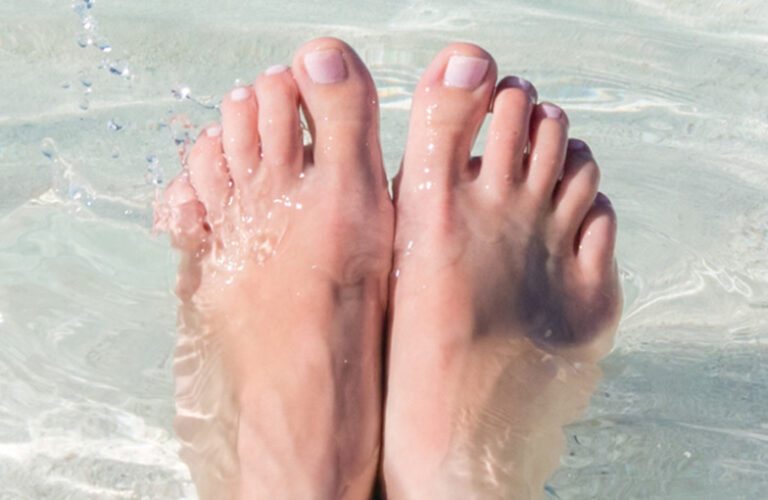How Vein Clinics Help Treat Varicose Veins with Minimally Invasive Techniques
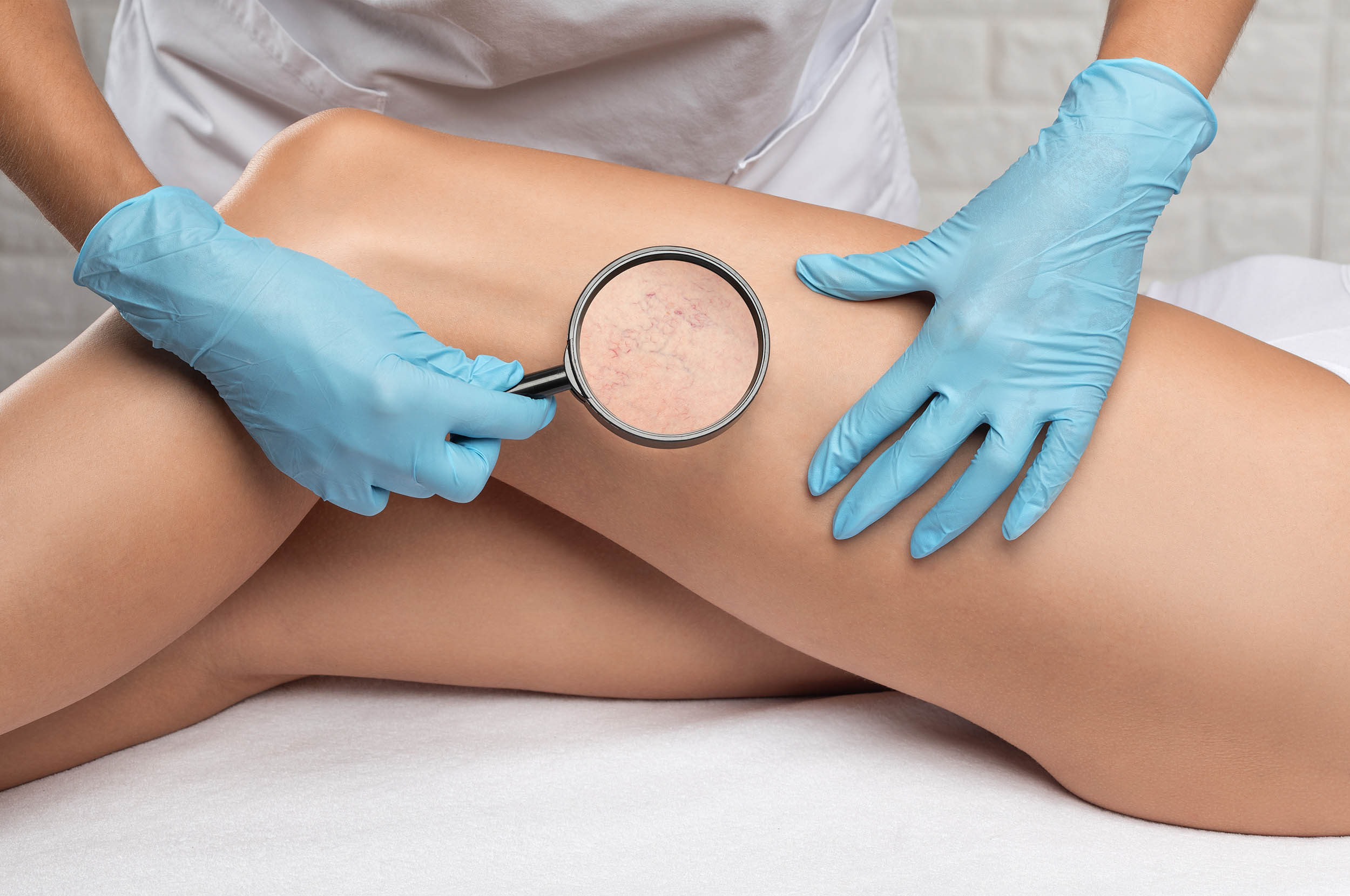
Varicose veins cause discomfort, pain, and other complications. These enlarged, twisted veins often appear on the legs and may cause symptoms like aching, heaviness, and swelling. While varicose veins were once treated with invasive surgical procedures that required lengthy recovery times, modern vein clinics now offer advanced, minimally invasive techniques. Here’s how they can lead to practical results with minimal downtime:
What Is Endovenous Ablation?
Endovenous ablation is a minimally invasive treatment for varicose veins. During the procedure, the doctor uses either radiofrequency or laser energy to seal off problematic veins from the inside. A thin catheter is inserted into the affected vein through a small skin puncture.
Once in place, the catheter delivers laser energy to heat the vein wall, causing it to collapse and close. Blood then naturally reroutes to healthy veins. Over time, the sealed vein is absorbed by the body. Patients may tolerate this procedure well under local anesthesia. Walking right after treatment can help speed up healing and reduce complications.
How Does Sclerotherapy Work?
Sclerotherapy involves injecting a special solution directly into varicose veins or spider veins. This solution irritates the vein walls, causing them to stick together and close off. The treated veins fade from view over several weeks as the body naturally absorbs them.
The procedure uses very fine needles to inject the agent. Most patients describe the sensation as similar to a slight pinch. Larger varicose veins may require foam sclerotherapy, where the solution is mixed with air to create a foam that spreads more effectively throughout the vein. Patients wear compression stockings after visiting a vein clinic to help maintain pressure on the treated veins.
What About Venous Glue?
Venous glue, also known as medical adhesive, is a minimally invasive treatment for varicose veins. In this procedure, a vein specialist inserts a small catheter into the problematic vein and injects a medical-grade adhesive. The adhesive quickly hardens, sealing off the vein permanently. The process is done without anesthesia and causes little discomfort. During the procedure, pressure is applied from outside the leg to help close the vein.
Why Choose Minimally Invasive?
These modern techniques have many benefits compared to traditional vein stripping surgery. Recovery is faster, with most patients able to return to normal activities within just a few days, rather than weeks. The procedures are typically done on an outpatient basis, so there’s no need for hospital stays. Because they use small punctures or tiny incisions, minimally invasive treatments also tend to leave less scarring.
What Should You Expect?
Your first visit to a vein clinic typically starts with a thorough review of your symptoms and medical history. The vein specialist will examine your legs and may perform an ultrasound to check blood flow and find problematic veins. During the visit, you’ll discuss treatment options suited to your condition. The specialist will explain the procedure, what to expect, and any possible risks.
Find a Vein Clinic
Modern vein clinics offer hope for anyone struggling with varicose veins. These minimally invasive techniques provide effective solutions with minimal disruption to your daily life. The combination of advanced technology and skilled specialists means you have access to safe, proven treatments that may deliver lasting results. If varicose veins are affecting your quality of life, consulting with a vein specialist is the first step toward finding relief.
- What to Expect When Visiting a Foot and Ankle Specialist
- Causes of PTSD
- The Link Between Plantar Fasciitis and Weight Gain: What You Need to Know
- How Pet Ownership Can Positively Impact Life with Fibromyalgia
- The Importance of Stretching and Flexibility in Sports Medicine
Dr. Emma Green is a health and wellness expert with over 10 years of experience in nutrition and fitness. Passionate about helping others live their healthiest lives, Dr. Green shares practical advice on wellness, nutrition, and sustainable living through LivingSpristine.
